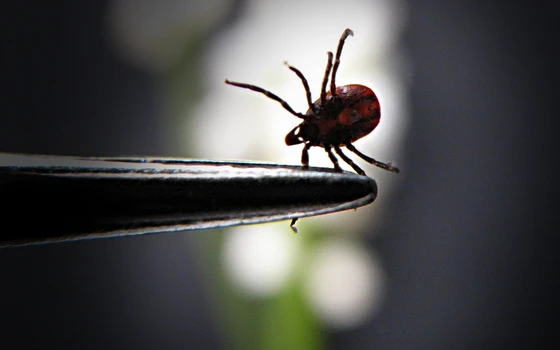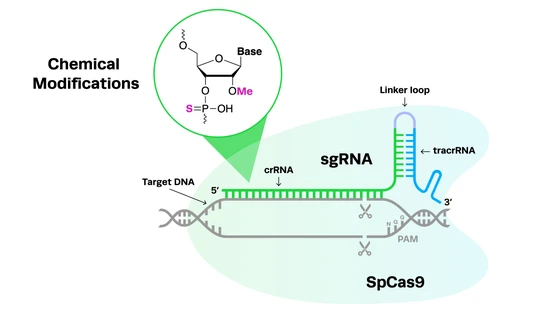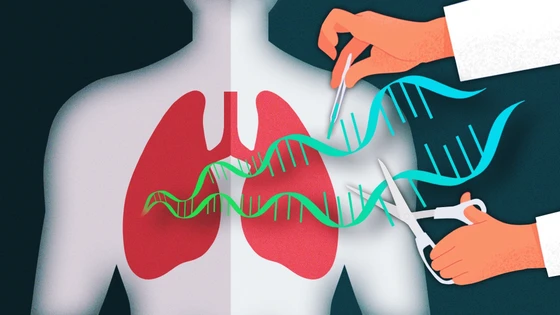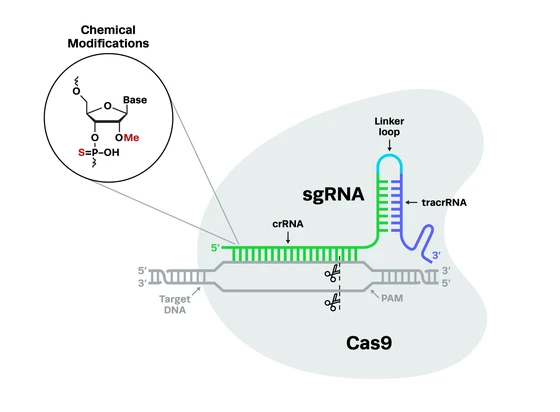The role of society in decision-making about how CRISPR is used was a prominent topic at the recent CRISPRcon: Conversations on Science, Society, and the Future of Gene Editing conference in Boston, MA. An MIT-led project entitled “Mice Against Ticks” was frequently discussed as an example of how local communities can impact how the gene editing technologies like CRISPR can and should be used.
How Can CRISPR Fight Vector-Borne Diseases?
Vector-borne diseases, those transmitted by insects and other arthropods such as mosquitoes, ticks, and sandflies, can devastate the communities in which they occur. These illnesses, which include malaria and Chagas disease, account for over 700,000 deaths each year worldwide. Although spraying pesticides into the environment can temporarily reduce the population size of a disease-carrying parasite, the populations often evolve resistance over time.
Another approach to fight vector-borne diseases is to use CRISPR to alter the genetics of the parasites in ways that will result in a reduction in population size or complete eradication. Such alterations can be propagated through a population naturally or accelerated using a gene drive, a technology that increases the chance of a gene to be inherited.
Although gene drives have their advantages, there are also concerns regarding the ecological effects of releasing genetically modified organisms into the wild, as well as ethical considerations about the prospect of eradicating entire species. Responsible uses of CRISPR to control vector-borne pathogens require transparent and comprehensive discussion.
Using CRISPR to Combat Lyme Disease
The aim of the Mice Against Ticks project is to combat Lyme disease, a debilitating illness that can lead to neurological problems, brain inflammation, and arthritis in humans. Caused by Borrelia bacteria and transmitted through the bites of blacklegged ticks, the illness is now present in 43 states and about 300,000 people are diagnosed each year.
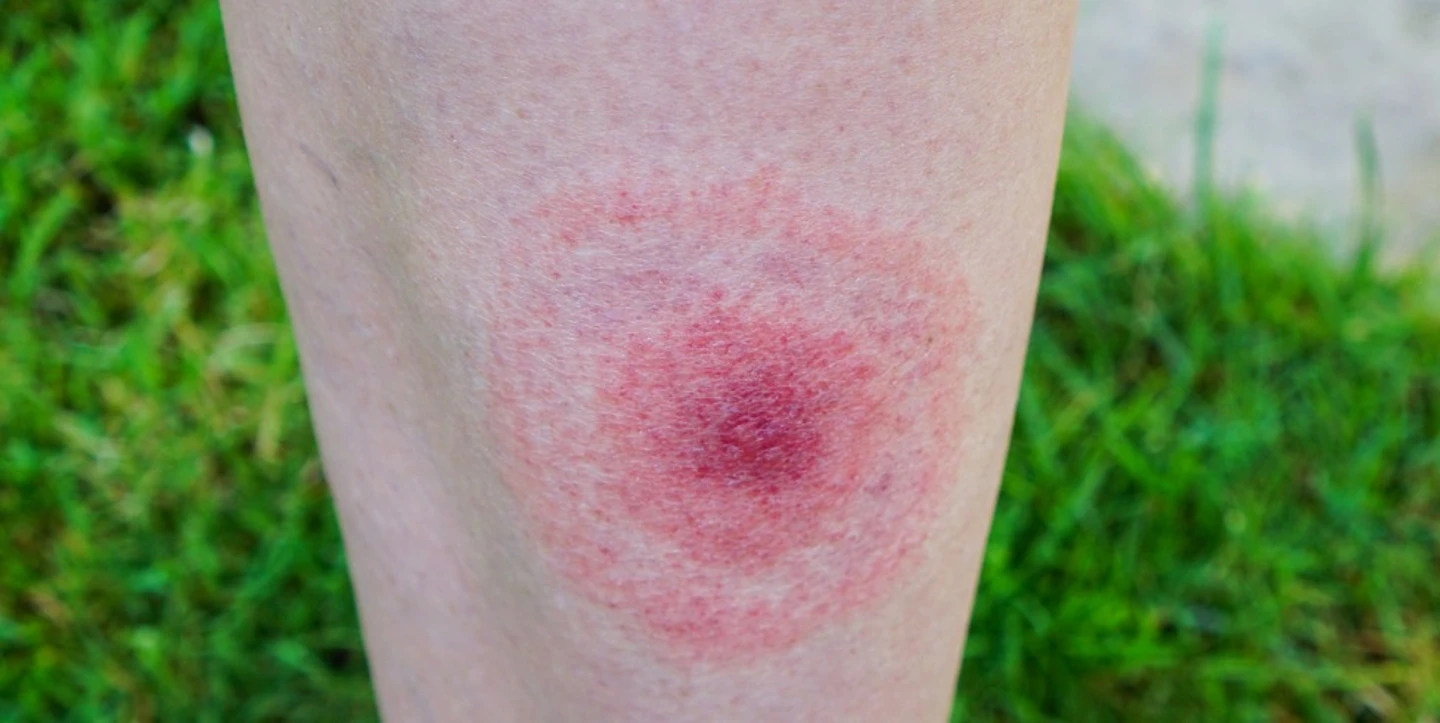
The islands of Martha’s Vineyard and Nantucket in Massachusetts are especially hard-hit. In these regions, ticks acquire Borrelia when they bite white-footed mice, which serve as main reservoirs of the bacteria. The ticks may then transfer the pathogen to other hosts, like deer and humans. The fear of contracting Lyme disease is very real on the islands, but solutions are lacking. No vaccine is available for humans, though there is one for dogs that also works in mice.

Dr. Kevin Esvelt and his team at MIT have come up with an innovative solution: heritably immunize the mice against Lyme disease. Esvelt’s plan involves injecting captive white-footed mice with the Lyme vaccine to induce antibody production. The team would then isolate the antibody-coding DNA and insert it into non-resistant mice using CRISPR. The altered mice would be released on the islands and allowed to breed with the wild populations, spreading resistance to Lyme disease in the process.
In another ambitious project, Dr. Esvelt’s team aims to target a protein found in tick saliva that effectively “hides” it from the mouse’s immune system. Immunization against this protein would potentially protect mice against all tick-borne diseases.
Making CRISPR a Community Decision
After pitching the Mice Against Ticks project to the residents of Martha’s Vineyard and Nantucket, Dr. Esvelt turned the decision-making over to the local community. No science would begin without community support. During a series of community meetings on Martha’s Vineyard and Nantucket, islanders voiced strong support for Esvelt's scientific goals and community-driven approach. Given this feedback, Esvelt's team has moved forward with isolating the DNA sequences for Lyme antibodies.
CRISPR Isn’t Coming Soon, It’s Here
It’s no longer a question of whether CRISPR will change our lives. The real questions are how much will CRISPR change the world, when will it happen, and who will be guiding the decisions?
As the applications for CRISPR technology continue to increase, there will inevitably be different views on how it should be used. Gene editing research is often perceived as something that is done behind closed doors, which often makes the general public question the motives and goals of those involved. The transparency of the Mice Against Ticks project and empowerment of the community to make the final project-related decisions represents a different way of doing science. At least for the residents on two small islands off the coast of Massachusetts, CRISPR is wide out in the open.
CRISPR 101 eBook
CRISPR has quickly become a standard laboratory tool for gene editing. As the adoption of CRISPR accelerates worldwide, up-to-date knowledge of the basics of CRISPR is essential for anyone in the field. From target identification studies to the recent breakthroughs in clinical trials, CRISPR is enabling scientists to unlock the power of the genome.
Download our CRISPR 101 eBook today to stay up to date on all your CRISPR basics and get the best results in your CRISPR experiments!

